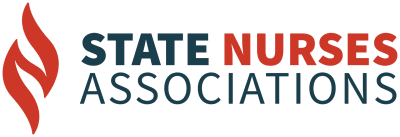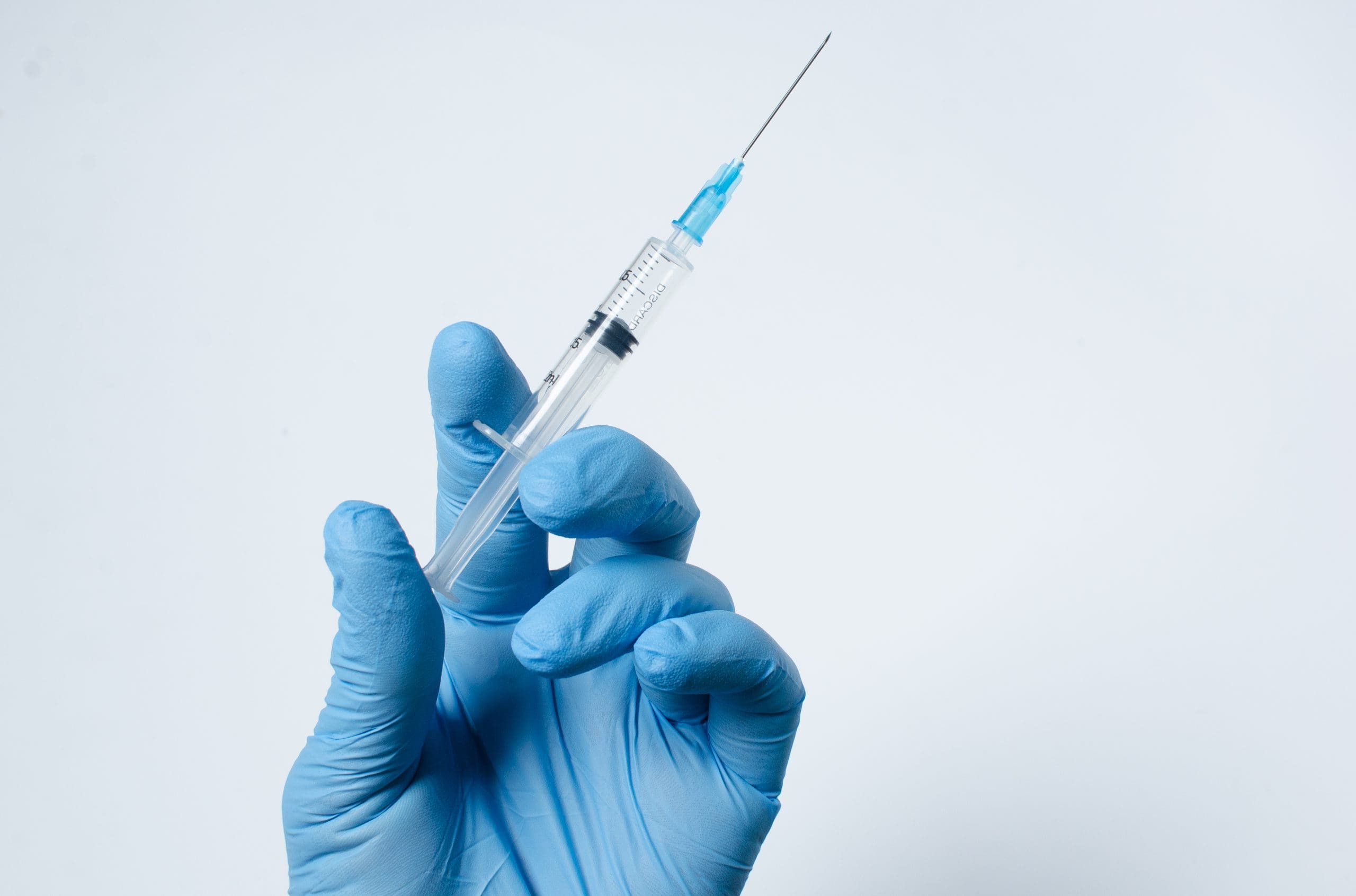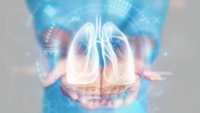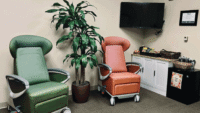This is sponsored content and is supplied by Nurses Service Organization. The content has been reviewed by our HCM internal editorial staff but is not peer-reviewed.
Drug diversion occurs when a healthcare clinician diverts a drug intended for a patient for their own purposes. Clinicians steal drugs to sell or use themselves because they are suffering from substance use disorder (SUD).
As clinicians, nurses aren’t immune to SUD or drug diversion. Statistics from the U.S. Substance Abuse and Mental Health Services Administration and American Nurses Association suggest that about 10 percent of healthcare workers abuse drugs. And the 2021 Diversion Digest Report from Protenus, a healthcare compliance analytics platform, found that nurses were responsible for 31 percent of publicly reported drug diversion incidents in 2020. Both SUD and drug diversion have significant professional implications that nurses need to understand.
SUD and drug diversion
Unfortunately, incidences of SUD and drug diversion have risen in recent years. And drug diversion is likely underreported because a significant number of diverters go undetected despite warning signs. The Diversion Digest Report notes that the COVID-19 pandemic also has likely contributed to underreporting.
According to the Drug Enforcement Administration (DEA), the most common classes of drug that are abused are opioids, depressants, hallucinogens, stimulants, and anabolic steroids. Opioids are the most common class of diverted drugs, with oxycodone, fentanyl, and hydrocodone leading the way, according to the Diversion Digest Report.
Methods for diverting drugs include obtaining drugs by not “wasting” them in situations where they would normally be disposed of (for example, drawing up too much medication), not administering drugs to patients, and administering a substitute substance such as water or saline.
Insurance Matters
Professional liability insurance help safeguards you against allegations of malpractice. Get valuable resources to help you understand situations where liability or individual malpractice insurance can help.
Learn More
Consequences of SUD and drug diversion
The consequences of drug diversion are many, including criminal and civil legal action against the diverter. Not only can nurses be charged with a felony, but they also can be sued by patients who experience inadequate pain relief or infection as a result of tampering. (When clinicians with hepatitis C virus or another bloodborne infection tamper with an injectable drug, they can contaminate equipment, resulting in subsequent infection.) In addition, nurses with a SUD may make errors that cause patient harm and subsequent legal action. And, of course, these nurses experience significant physical and psychological harm to themselves.
Drug diversion and suboptimal practice due to SUD also can prompt colleagues or patients to file reports with the state board of nursing, which can result in loss of license—and a career.
SUD and drug diversion also violate multiple provisions in the Code of Ethics for Nurses with Interpretive Statements. For example, provision 2 states “the nurse’s primary commitment is to the patient…” and drug diversion puts the nurse’s interests over the patient’s. Provision 3 requires nurses to promote, advocate for, and protect the rights, health, and safety (emphasis added) of the patient. And provision 5 states the nurse “owes the same duties to self as to others, including the responsibility to promote health and safety, preserve wholeness of character and integrity…” SUD does not promote self-care, and those who divert drugs do not act with integrity.
Identifying and reporting
To protect patients, nurses should report those they suspect of diversion (see sidebar: Signs of drug diversion) to their supervisor; the organization then has the responsibility to investigate the claim. If action is not taken, Healthcare Diversion Network suggests reporting the incident on its website, filing a report with the state board of nursing, or, in the case of theft of controlled substances, submitting Form DEA-106, available at: www.deadiversion.usdoj.gov/Reporting.html.
In cases where SUD is suspected as the cause of the diversion, reporting ensures nurses receive the help they need. As the 2019 Quick Safety on drug diversion from The Joint Commission notes, “see something, say something.”
Nurses also have an ethical responsibility to report suspected SUD. Within provision 3 of the Code of Ethics is an entire section related to impaired practice and the need to act to “protect patients and ensure that the impaired individual receives assistance.” The code further notes that nurses must take “appropriate action” when “incompetent, unethical, illegal, impaired practice or actions” put the best interests of the patient “in jeopardy”. They are to report concerns to their manager or the appropriate higher authority in the organization.
Nurses concerned about the negative consequences that the nurse they are reporting may face can take comfort in knowing that SUD is now widely acknowledged as a disease, with punitive actions replaced with treatment geared toward addressing the issue and enabling the nurse to safely return to work. For example, many state boards of nursing now have voluntary alternative-to-discipline programs in place that emphasize treatment. Nurses typically don’t practice while undergoing treatment, but they retain their license and ultimately return to work, although initially, there may be some restrictions such as limits on hours worked and not administering narcotics. Monitoring continues, and restrictions are gradually lifted. These programs have been successful in keeping nurses in the profession, so their expertise is not loss.
Nurses also should keep in mind that failing to report a colleague who is diverting drugs has ethical and professional consequences. The Code of Ethics states that if the reported practice is not corrected and continues to jeopardize patients, nurses “must report the problem to the appropriate external authorities” such as licensing boards and regulatory agencies. According to the Code of Federal Regulations Title 21, the DEA’s “position” is that employees who know about drug diversion must report it to the appropriate person in the organization. Failure to report “will be considered in determining the feasibility of continuing to allow an employee to work in a drug security area.” In other words, it may affect your own employment. The organization needs to maintain confidentiality of those reporting.
Signs of drug diversion
Nurses and organizations should be alert to the signs of drug diversion to protect patients and ensure diverters receive help. Here are examples of behaviors that may indicate a SUD and/or diversion, however, keep in mind that anyone can be affected by SUD and the signs can be subtle.
- Patients stating they didn’t receive medications that have been documented as having been administered
- Atypical drug wasting patterns such as
- heavy wasting
- lack of documentation related to wasting
- frequent wasting of drugs that never reach the patient (for example, patient refusal, discontinued orders)
- holding waste until the end of the shift
- frequent requests for colleagues to sign off on wasting they did not witness
- Reviewing medication orders of patients not assigned to them, helping colleagues medicate their patients, or volunteering to administer narcotics to patients.
- Frequently asking for supplemental orders for controlled substances
- Altering telephone or verbal medication orders
- Changes in job performance
- Recurrent mistakes, poor judgment, variable work performance, blaming others or the environment for errors
- Forgetfulness, drowsiness, malaise, euphoria, anxiety, depression, insomnia, paranoia
- Deteriorating personal relationships, frequent personal crises, isolation, volatility, or sullenness
- Taking many sick days, arriving late to work, or frequent no-shows
- Extended or frequent breaks and disappearances during shift
- Volunteering for overtime or coming to work on days off
- Arriving late or leaving early
- Inappropriate verbal or emotional responses
- Diminished alertness, confusion, or memory lapses
- Physical signs of SUD, for example, opioid use disorder is associated with constricted pupils, sweating, chills, runny nose, anorexia, itching and scratching, vomiting, diarrhea, or needle tracks.
Protecting patients, helping colleagues
SUD and drug diversion can cause serious consequences for patients and the nurse diverting. Nurses can strive to prevent drug diversion (see sidebar: Preventing drug diversion) and report those diverting drugs to protect patients and help those with SUD obtain needed assistance.
References
American Nurses Association. Code of Ethics for Nurses with Interpretive Statements. 2015. https://www.nursingworld.org/practice-policy/nursing-excellence/ethics/code-of-ethics-for-nurses/
Centers for Disease Control and Prevention. Drug diversion. 2019. https://www.cdc.gov/injectionsafety/drugdiversion/index.html
212 CFR § 1301.91 (1975/2021). https://www.ecfr.gov/current/title-21/chapter-II/part-1301/subject-group-ECFRbf5f8d39b8823bb/section-1301.91
Health Diversion Network. Reporting suspected drug diversion: How to report (and why it matters). n.d. https://healthcarediversion.org/reporting-drug-diversion-how-to-report-and-why-it-matters/
National Counsel of State Boards of Nursing. Alternative to Discipline Programs for Substance Use Disorder. n.d. https://www.ncsbn.org/nursing-regulation/discipline/board-proceedings/alternative-to-discipline.page
Perry J, Vandenhouten C. Drug diversion detection. Nursing Management. 2019;50(2):16-21. https://journals.lww.com/nursingmanagement/Fulltext/2019/02000/Drug_diversion_detection.5.aspx Protenus. 2021 Diversion Digest. 2021. https://www.protenus.com/resources/2021-drug-diversion-digest
The Joint Commission. Drug diversion and impaired health care workers. Quick Safety. 2019;48. https://www.jointcommission.org/-/media/tjc/newsletters/quick_safety_drug_diversion_final2pdf.pdf
Stobbe S, Crowley M. Substance use among nurses and nursing students. J Addict Nurs. 2017;28(2):104-106. https://www.accessdata.fda.gov/scripts/cdrh/cfdocs/cfcfr/CFRSearch.cfm?fr=1301.91
This risk management information was provided by Nurses Service Organization (NSO), the nation’s largest provider of nurses’ professional liability insurance coverage for over 550,000 nurses since 1976. The individual professional liability insurance policy administered through NSO is underwritten by American Casualty Company of Reading, Pennsylvania, a CNA company. Reproduction without permission of the publisher is prohibited. For questions, send an e-mail to service@nso.com or call 1-800-247-1500. www.nso.com.


















